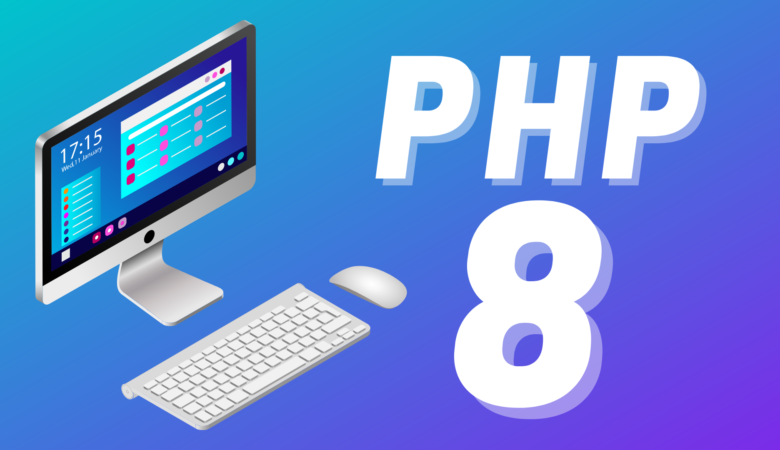Are you looking to expand your PHP knowledge and take your programming skills to the next level? Understanding the fundamental concepts of classes, objects, and namespaces is essential to building complex and scalable applications in PHP 8.
In this comprehensive guide, we’ll explore the ins and outs of classes, objects, and namespaces in PHP 8, and provide you with the knowledge and tools to write clean and efficient code. From basic syntax to advanced techniques, we’ll cover everything you need to know to get started with PHP 8.
Classes in PHP 8
Classes are the building blocks of object-oriented programming in PHP 8. They allow you to define custom data types and encapsulate related properties and methods. In PHP 8, you can define a class using the class keyword, followed by the class name and optional extends and implements keywords. Here’s an example of a basic PHP 8 class:
class Animal {
public $name;
public $age;
public function __construct($name, $age) {
$this->name = $name;
$this->age = $age;
}
public function speak() {
echo "Hello, my name is " . $this->name . " and I am " . $this->age . " years old.";
}
}
In this example, we define a class called Animal that has two public properties ($name and $age) and two public methods (__construct() and speak()). The __construct() method is called when a new object of the Animal class is created, and it sets the initial values of the $name and $age properties. The speak() method simply echoes a message that includes the values of the $name and $age properties.
Objects in PHP 8
Once you’ve defined a class, you can create one or more objects of that class using the new keyword. Objects are instances of a class and have their own set of properties and methods. In PHP 8, you can access an object’s properties using the arrow (->) operator and call its methods using the same syntax. Here’s an example of creating and using an object of the Animal class:
$dog = new Animal("Fido", 3);
$dog->speak();
In this example, we create a new object of the Animal class and pass in the values "Fido" and 3 to the __construct() method. We then call the speak() method on the $dog object, which echoes the message "Hello, my name is Fido and I am 3 years old.".
Namespaces in PHP 8
Namespaces allow you to group related classes, functions, and constants under a common namespace to avoid naming conflicts. In PHP 8, you can define a namespace using the namespace keyword and import namespaced items using the use keyword. Here’s an example of creating and using a namespace:
namespace MyNamespace;
class MyClass {
public function sayHello() {
echo "Hello, world!";
}
}
In this example, we define a class called MyClass inside a namespace called MyNamespace. We can then use this class in another file by importing the namespace with the use keyword:
use MyNamespace\MyClass;
$myObject = new MyClass();
$myObject->sayHello();
In this example, we create a new object of the MyClass class using the new keyword and call its sayHello() method, which echoes the message "Hello, world!".
In addition to defining your own namespaces, PHP 8 also comes with a set of built-in namespaces that provide useful functions and classes, such as the DateTime class in the DateTime namespace:
use DateTime;
$date = new DateTime();
echo $date->format('Y-m-d H:i:s');
In this example, we import the DateTime class from the DateTime namespace and create a new object of that class. We then call the format() method on the $date object to print the current date and time in the format YYYY-MM-DD HH:MM:SS.
In this guide, we’ve covered the basics of classes, objects, and namespaces in PHP 8, and provided you with the knowledge and tools to start writing clean and efficient code. By using classes and objects, you can organize your code into reusable and modular components, and by using namespaces, you can avoid naming conflicts and keep your code organized and easy to maintain.
Whether you’re a beginner or an experienced PHP developer, understanding these fundamental concepts is essential to building complex and scalable applications. So, start exploring the world of classes, objects, and namespaces in PHP 8 and take your programming skills to the next level!




Leave a Reply